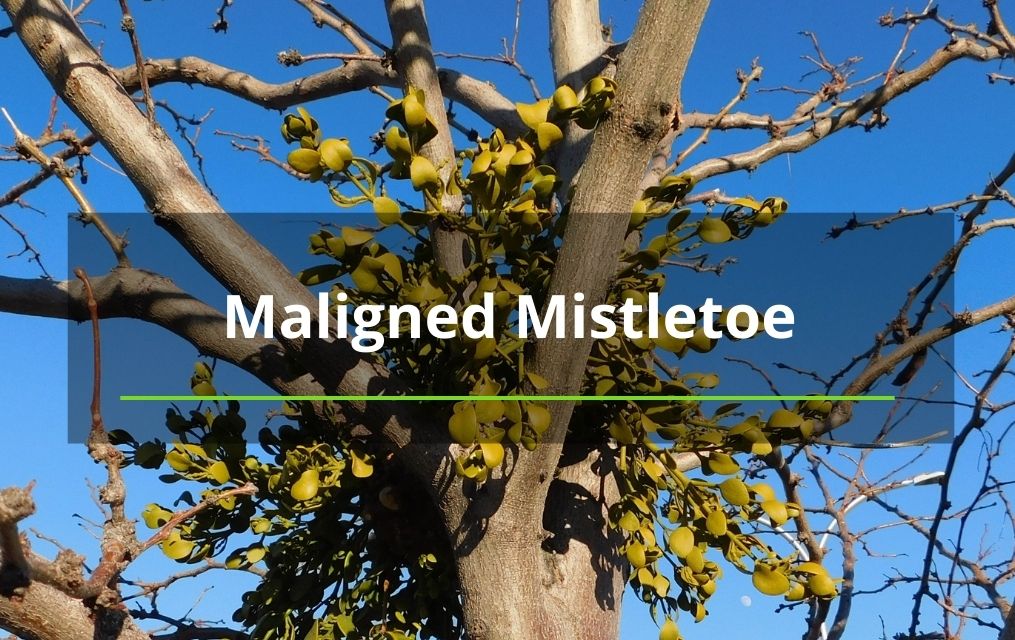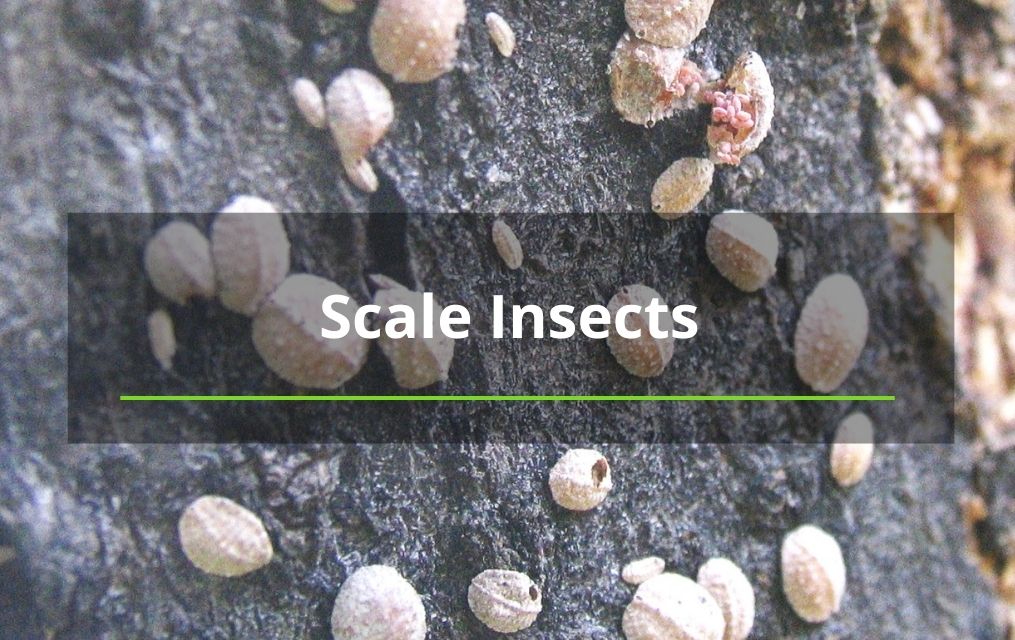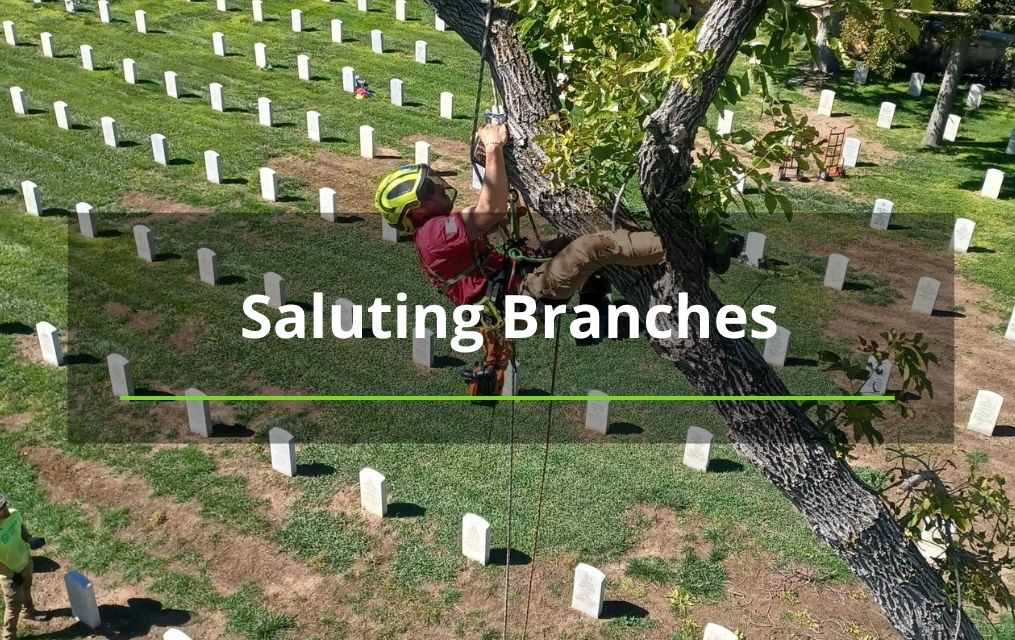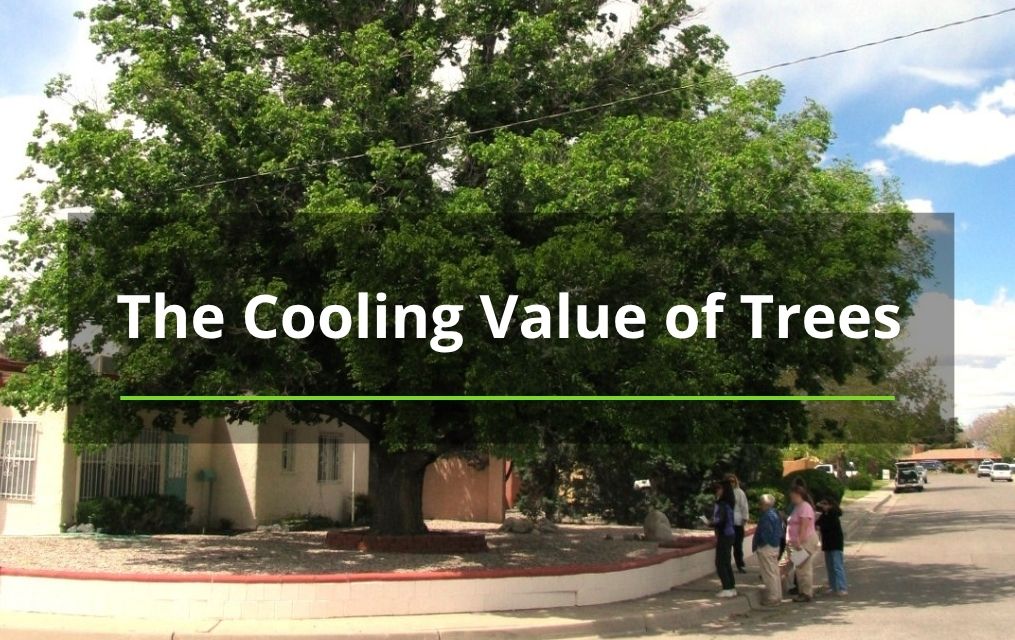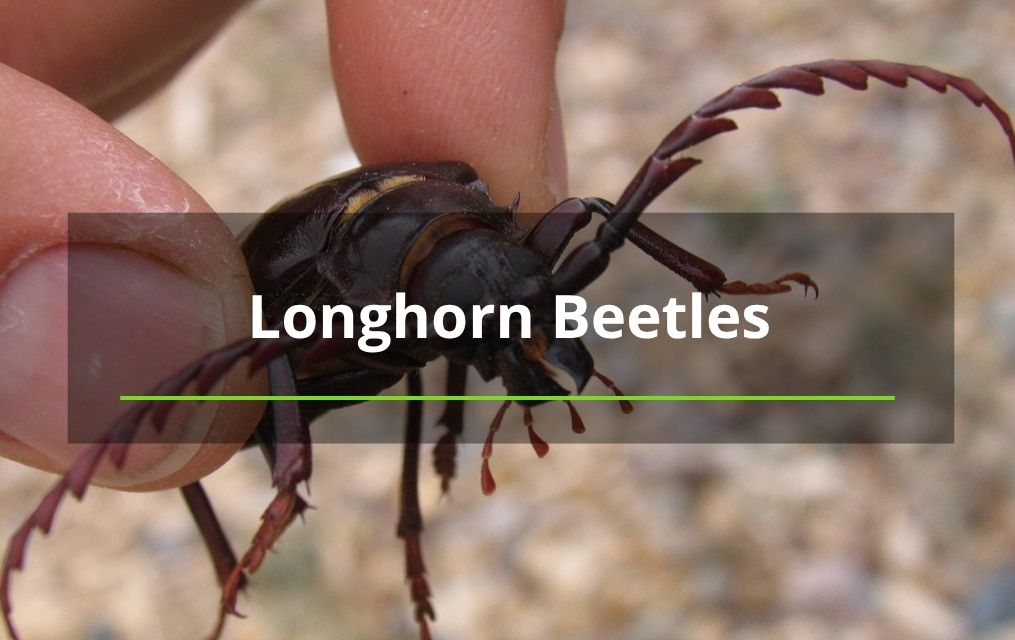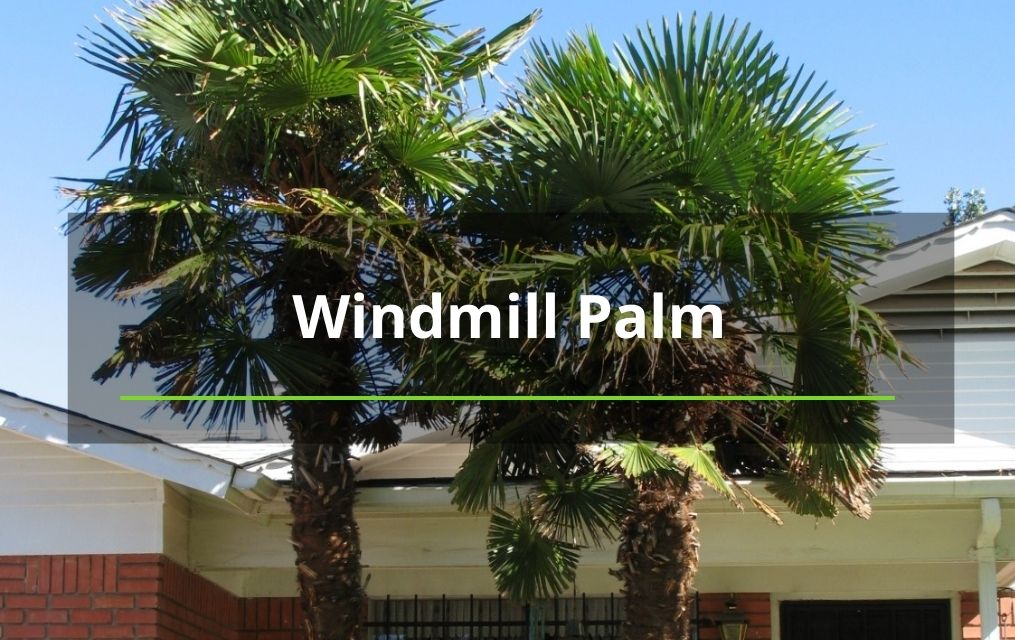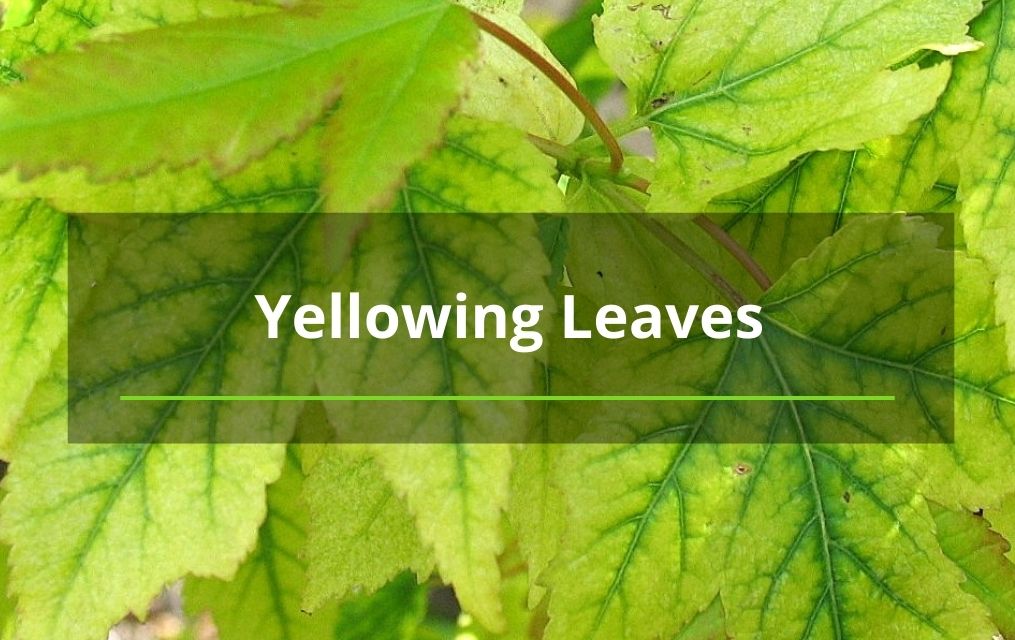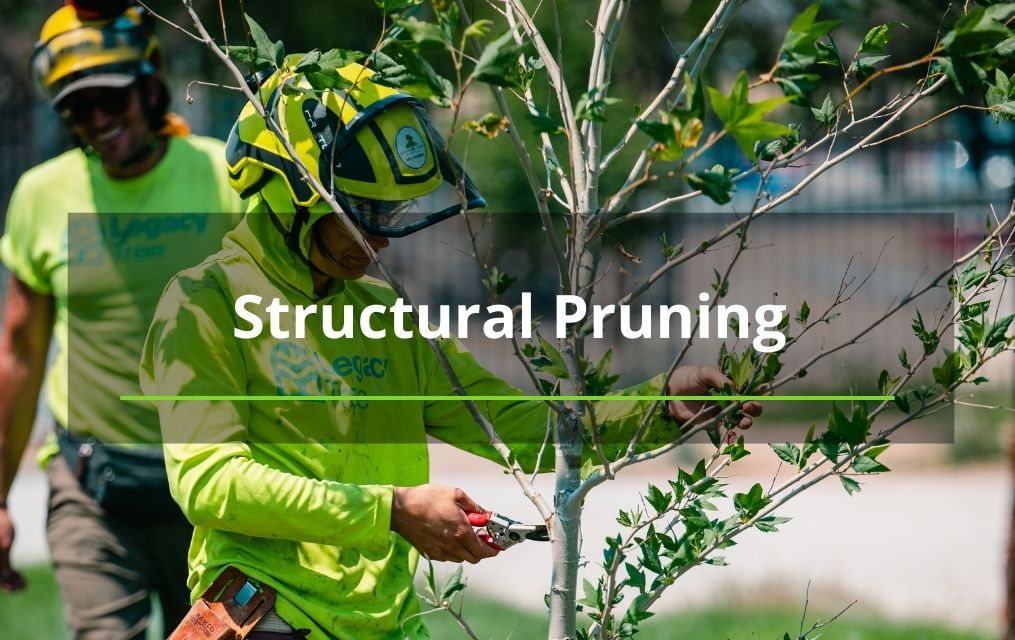Blogs
Top 4 Tree Pruning Methods In the Industry
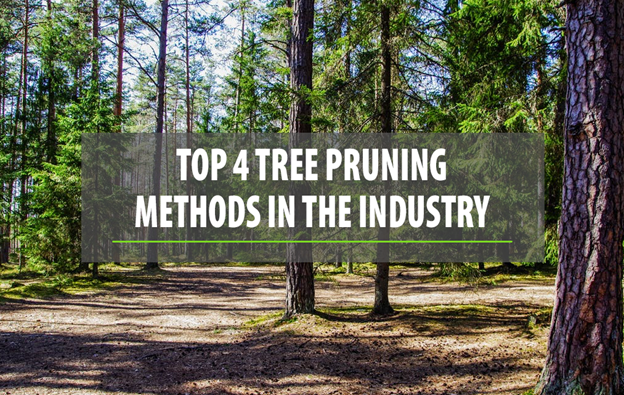
Several methods can be used to improve the health and shape of a tree. We want to create trees that have good light and air circulation, attractive qualities, and strength. Trees can be pruned in four ways for general pruning: crown thinning, crown raising, crown reduction, and crown cleaning. The crown of the tree is involved in each pruning method. For photosynthesis to occur, the tree’s crown is essential. In the absence of a healthy and robust crown, the rest of the tree will deteriorate. Let’s take a deeper dive into each of these pruning techniques.
Crown Thinning
During crown thinning, specific live branches are removed from a tree to reduce the overall density of the tree. Pruning mature trees is most commonly known as crown thinning. Crown thinning promotes air circulation and sunlight penetration. In addition, it can reduce pressure on selected limbs from wind, ice, or snow.
The goal of thinning should be uniform throughout the tree to not alter its size or shape. Branches should only be removed from the canopy edge in an amount that is between 10 and 20 percent. Branches with diameters of 1 to 4 inches should be cut off at the end of large trees. You can thin limbs between 14 and 12 inches thick on ornamental landscape trees and fruit trees. When crown thinning trees, make sure they still appear unpruned.
Crown Raising
Tree limbs are raised to allow for access to traffic, buildings, or views. Gradually raising tree limbs over time is the best way to perform this type of tree pruning. A weak tree can result from removing too many lower branches all at once. Pruning every year should consist of removing a few limbs under four inches in diameter. During the growing season, experienced gardeners like to step back periodically and view the tree as a whole. A deciduous tree’s live crown should constitute 60 percent of its total height. Trees can become weakened if the trunk extends beyond 40 percent. A 50/50 crown/trunk ratio is usually enough to balance most conifers and keep them strong and healthy.
Crown Reduction
An older, more mature tree can benefit from crown reduction pruning. Besides strengthening the tree, it can also promote new growth. Tree branches are reduced to lateral branches by crown reduction. The new tree crown will be formed from the lateral branch in the spring. Topping trees is a less gentle approach. Less of the crown is removed, and more old-growth remains for the structure itself. In contrast to crown thinning, crown reduction aims to remove old growth and encourage new growth.
Crown Cleaning
When trimming a tree, crown cleaning involves removing dead, diseased, and broken branches. A crown thinning, raising, or reduction may be performed at any time. Tree crown cleaning strengthens the tree as a whole and increases both its structural integrity and safety, preventing further damage to the tree and the surrounding area.
Legacy Tree Company is a tree service company in Albuquerque, New Mexico, that is raising the standard for innovative, ethical tree care. Its mission is to sustain the Albuquerque urban forest for generations with services like tree trimming & pruning, tree & stump removal, tree bracing & cabling, tree planting, consultations, and tree irrigation. Click here to contact us via our online form, or give us a call at (505) 312-8865.
Contact:
Legacy Tree Company
100 El Pueblo Rd NW Unit A
Albuquerque, NM
(505) 312-8865



